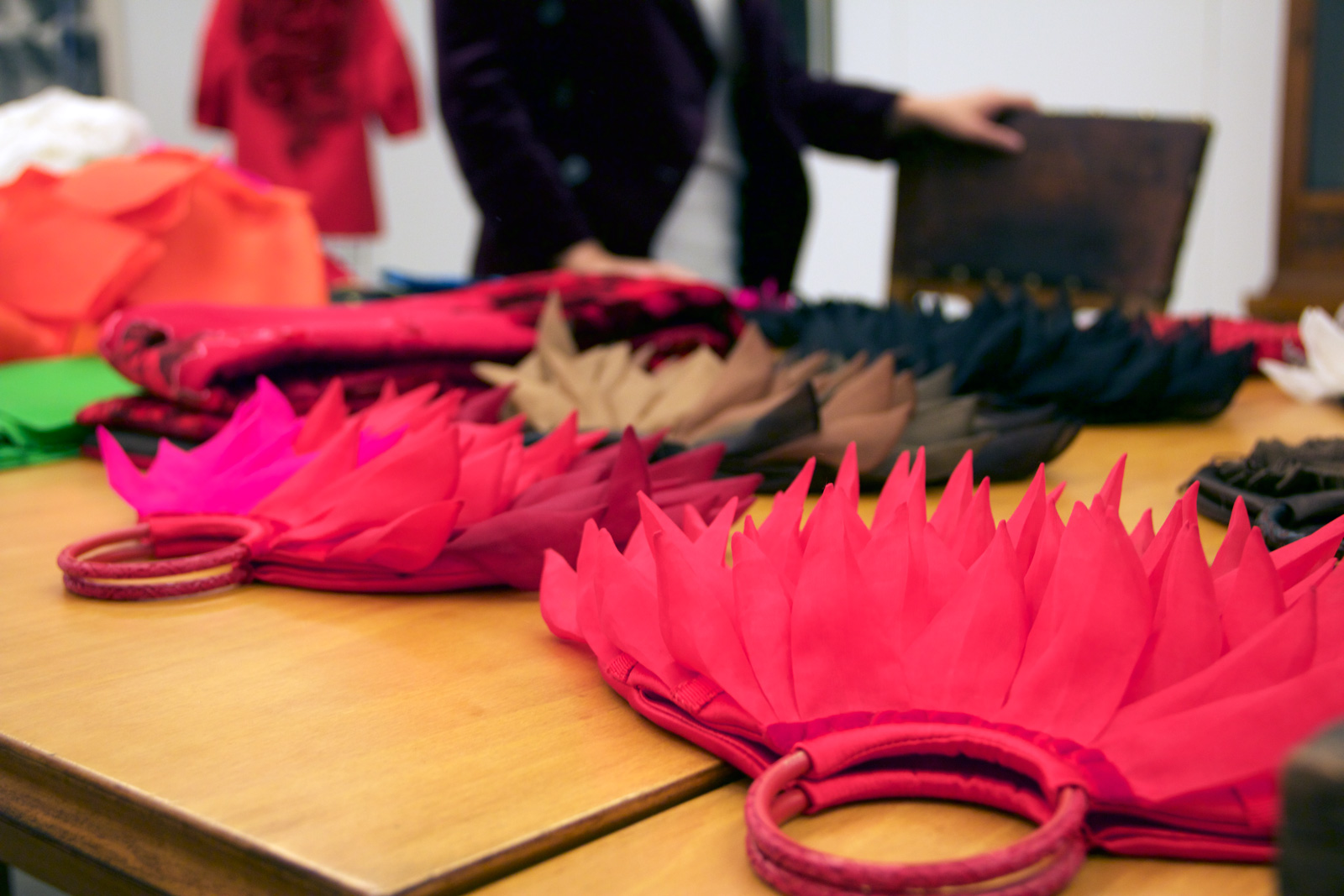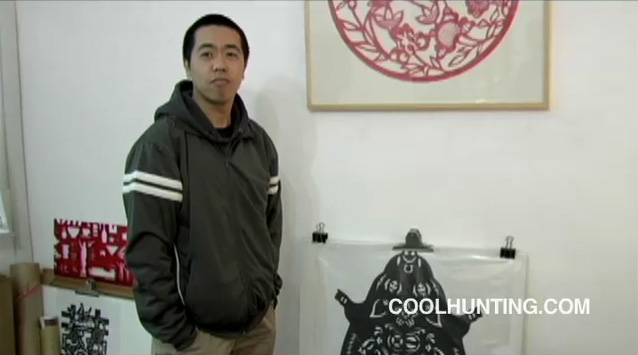Thirty Years of Chinese American Designer Han Feng
Reflecting on her synthesis of eastern and western inspiration


Han Feng rose to prominence in the ’90s as the first Chinese designer to show at New York Fashion Week. It may be no coincidence that Feng, who apportions her time equally between a Shanghai atelier and a NoMad, NYC loft—where she showcases her own work and that of emerging Chinese artists—has both Eastern and Western influences. Her loft is a Manhattan footprint reflective of her 30 years spent binding the aesthetics of two cultures within the decorative arts of home and fashion.

Feng’s loyalists, similar to those of Issey Miayake, are devotees of intricate pleating. They amass wearable silk sculptures in colors and forms that change seasonally. These works feature broach bouquets, scarves, silk pinwheels that cascade across transparent cut-outs on cashmere coats, and handbags with protrusions. “Pleating,” says Feng, “creates something dramatic in a simple way.”

It’s a signature, but only to the indoctrinated. “My fashion has nothing to do with trends, 15 to 20 years later it’s still worn,” she continues. Further, Feng neither advertises nor markets her wares, or as she explains: “We don’t call people.” Her clients arrive in pursuit of idiosyncratic detail—cashmere culottes piped in classically printed Chinese Silk, baroque pearls cast in organic forms and whimsical accessories. Voluminous silk coats stitched with serpentine forms are imbued with a presence and theatricality that speaks to another of Feng’s global pursuits. She has often been called upon to design opera costumes.

Feng’s peripatetic interests center upon a fascination with her guests; their stories. The designer uses the opportunity to offer hospitality as the platform for collaborating on custom statements. A pleated textile, pressed under the glass of a Joseph Hoffman table and Jasmine tea carried back from China poured from the Augarten Orient Collection, speak to the depth of her East/West synthesis. Feng only sells her wares directly; she prefers to meet clients personally to exchange epicurean tastes and share recommendations. That life and work are draped seamlessly from one cloth is a departure from her early career. “I tried so hard to prove myself,” says the designer who met with early critical acclaim and now favors such a private platform. “I am very lucky,” she admits, “I do what I like.”

It is with the encouragement of friends—the exchange of gracious hospitality—that Feng’s designs meet with realization. In 2002, a museum director and dear friend gifted her with a week in Venice, Italy. “No agenda,” says Feng, “She wanted to inspire me.” Introduced to the Murano glass factories, Feng was driven to find a studio in Brooklyn, where she worked to extrude coiled, gravity defying, glass forms. She likens the fabrication—”so hot, so heavy, so soft”—of glass and the focus required to meditation. The resulting forms were featured in the Cooper Hewitt’s 2006 Design Triennial.
On the day CH visited Feng, she was preparing for the installation of “Goodbye, Utopia,” a work of video art by Ding Shiwei projected across three massive insets running the distance of the loft. With her first success decades ago, Feng began to support the work of her contemporaries and today views her space as a curatorial platform, a New York base from which expands the visibility of younger Chinese artists.

Feng does not live in the loft but with husband William Kalush, a “magician’s magician,” a book collector and founder of The Conjuring Arts Research Center, a library, with books dating back to the 15th century focusing on the interpretation of magic and its allied arts. Like Kalush, Feng is “lucky to do exactly what I want” with no end game but the pursuit. As for the motivation behind her conscious retreat from the public stage after a meteoric early rise, Feng makes clear that “I have no bit of interest in becoming big. When you’re big you follow the numbers, you don’t really follow creativity. Now, I enjoy creating.”
Images by Natasha Tauber












